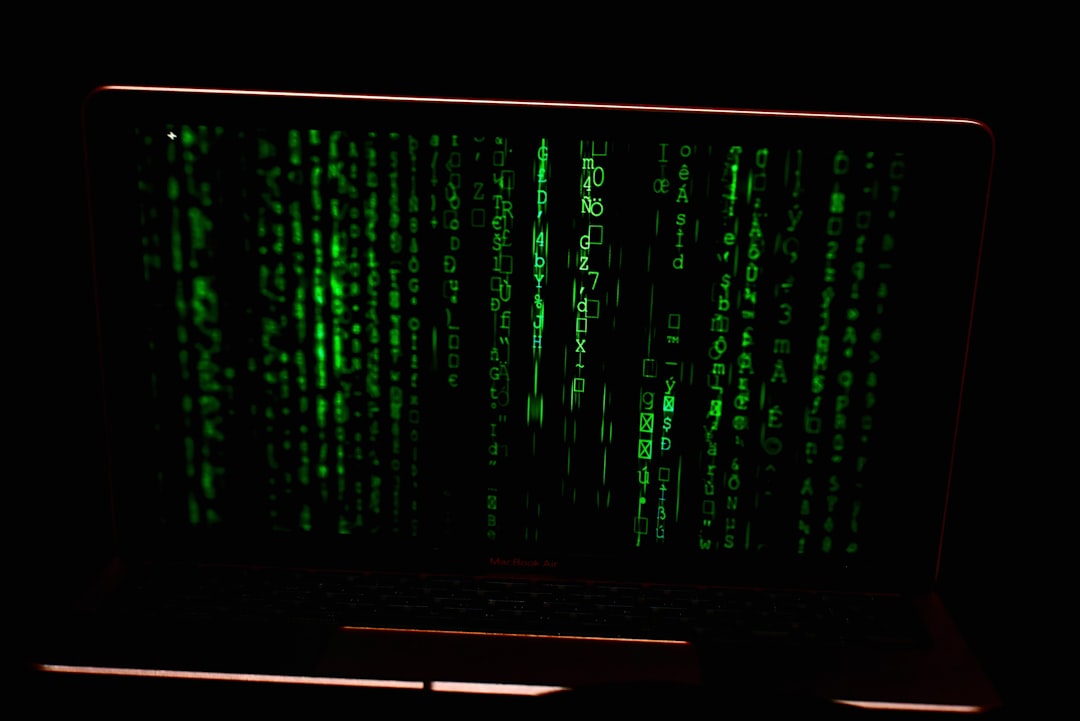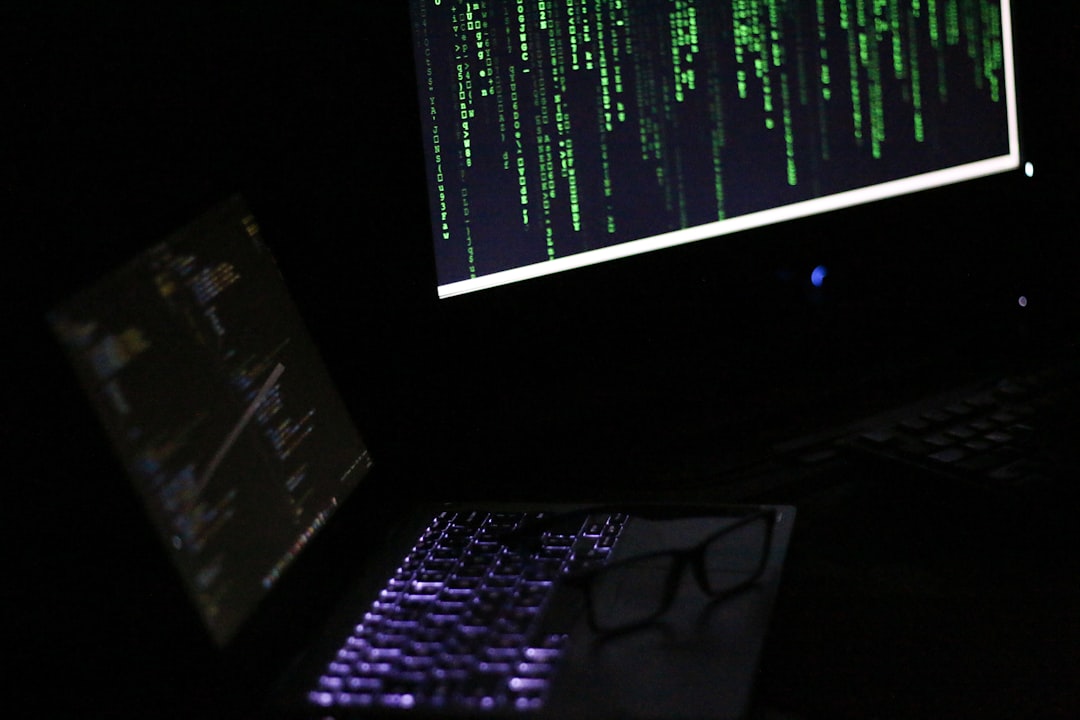
In an age of rapid technological advancement, automation has become a buzzword representing progress, efficiency, and convenience. From robotics in manufacturing to AI chatbots in customer service, automation is heralded as a solution to many modern problems. However, there is growing concern that this wave of automation has crossed a critical threshold, leading to what many experts now term over-automation. While automation offers undeniable benefits, blind reliance on it can lead to significant societal, economic, and ethical challenges that merit closer scrutiny.
What is Over-Automation?
Over-automation occurs when systems or processes are automated beyond the point of practical benefit. This might mean replacing human judgment in situations that demand nuance, designing overly complex systems that reduce resilience, or implementing technology simply for technology’s sake without a clear problem to solve. More than just inefficiency, over-automation can degrade the quality of services, reduce human oversight, and even introduce new vulnerabilities.
The Illusion of Efficiency
Automation is often adopted under the premise of increased efficiency. It’s hard to argue against machines that can work 24/7 without breaks, fatigue, or error—at least in theory. But in practice, excessive automation can actually have the opposite effect. Systems laden with automation often require expensive maintenance, frequent updates, and specialized oversight to deal with edge cases that no longer fall under human purview.
Consider the airline industry. Automated systems now control much of a modern aircraft’s flight. While this has undoubtedly increased safety and reduced pilot workload, it has also introduced a worrying side effect: pilot disengagement. Pilots can become so reliant on automated systems that their manual flying skills deteriorate over time. This phenomenon, known as “automation complacency,” has been cited in several aviation incidents, where pilots were unprepared to take control when automation failed.

The Displacement of Human Labor
The economic argument against over-automation revolves largely around the impact on employment. As machines and algorithms increasingly handle tasks once performed by humans, the job market undergoes seismic shifts. While some jobs are created in tech and engineering sectors, many more are lost in customer service, transportation, and manufacturing. For displaced workers without the skills to transition, this can lead to long-term unemployment and increased economic inequality.
Even white-collar jobs are not immune. AI-powered systems can now write reports, analyze legal documents, and perform medical diagnostics. While this level of sophistication is impressive, it raises essential questions: Should we replace human professionals entirely? What happens to the critical thinking, empathy, and ethical judgment that only humans can provide?
The Erosion of Human Judgment
Over-automation risks diminishing the role of human judgment in decision-making processes. Algorithms increasingly decide who gets a job interview, who qualifies for a loan, or even, in some contexts, who is eligible for early release from prison. These systems are often opaque, and their decision-making logic is inaccessible to most users.
Moreover, these systems reflect the biases present in the data they are trained on. Without careful oversight, automation can entrench existing societal prejudices under the guise of objectivity. A biased human can be challenged and held accountable—a biased algorithm may go unchallenged for years unless actively audited.
Fragility and Vulnerability
Highly automated systems may actually be more fragile than their human-reliant counterparts. When every process is interlinked through code, a single point of failure can bring entire systems crashing down. The 2021 Colonial Pipeline cyberattack is a perfect example—though the pipeline itself was not compromised, operations were suspended due to the automation systems around billing and logistics being affected by ransomware. This shutdown led to fuel shortages across the eastern United States.

This kind of fragility becomes more dangerous as the complexity of automation grows. Fewer people understand how these systems work, and debugging them can become nearly impossible, especially under crisis conditions. A level of manual backup or human-in-the-loop oversight is crucial for sustaining resilient systems.
Dehumanization of Services
Imagine calling a customer service line and being greeted by an AI that misinterprets your query, routes you incorrectly, and resists escalation to a human. Frustrating? Absolutely. Yet, this is the reality for millions as companies choose to cut costs at the expense of user experience. Automation in these contexts often saves money in the short term but alienates customers in the long term.
The same applies in healthcare, where automation is used for tasks such as patient intake, diagnosis suggestions, and billing. While these can improve speed, they run the risk of reducing patients to mere data points. Human interaction isn’t just a luxury in these fields—it’s often critical to effective treatment and genuine empathy.
The Ethical Dilemma
Automated systems make decisions that can have profound impacts on human lives. Autonomous vehicles may one day face moral choices in crash scenarios. Surveillance systems already monitor behavior and flag potential “threats” based on predetermined criteria. If something goes wrong, who is responsible—the machine, the programmer, or the company that deployed it?
This ambiguity raises clear ethical questions. Over-automation without corresponding advances in accountability creates a dangerous vacuum, where no one bears responsibility except perhaps the end user, who had little say in how the system was designed or implemented.
When Automation Makes Sense
This isn’t to say that automation is inherently bad. There are many cases where automation is not only beneficial but essential:
- Repetitive low-risk tasks: Such as packaging goods, data entry, or scheduling.
- High-precision activities: Like microchip manufacturing or robotic surgery.
- Hazardous environments: Mining, deep-sea exploration, or areas with high radiation.
In these contexts, automation frees up humans to perform tasks that require creativity, emotional intelligence, or strategic thinking. The problem arises when automation is pushed into areas that depend heavily on the uniquely human qualities of discretion, adaptability, and moral reasoning.
Finding the Balance
So how do we avoid the pitfalls of over-automation? It starts with asking the right questions:
- Is this process genuinely improved through automation?
- What are the long-term human, ethical, and security implications?
- Will human oversight still be possible—or intentionally preserved?
Global businesses and policymakers must take a more nuanced approach to technological adoption. This means recognizing that not every innovation has to be implemented immediately or universally. It also means investing in human skills development so that workers remain adaptive and capable, even as automation progresses.
Moreover, developers and engineers must adopt human-centered design principles that treat automation as a tool to enhance human capability—not a replacement for it.
Conclusion
Automation is a tool with immense power. When used wisely, it can improve lives, increase safety, and unlock new forms of productivity. But like all powerful tools, it must be wielded with care. Over-automation risks displacing the human essence from our systems, leaving processes that are efficient in theory but flawed in practice.
Progress doesn’t mean replacing the human element—it means elevating it through thoughtful, balanced integration of technology. The future of automation should be one where machines serve humanity, not the other way around.






